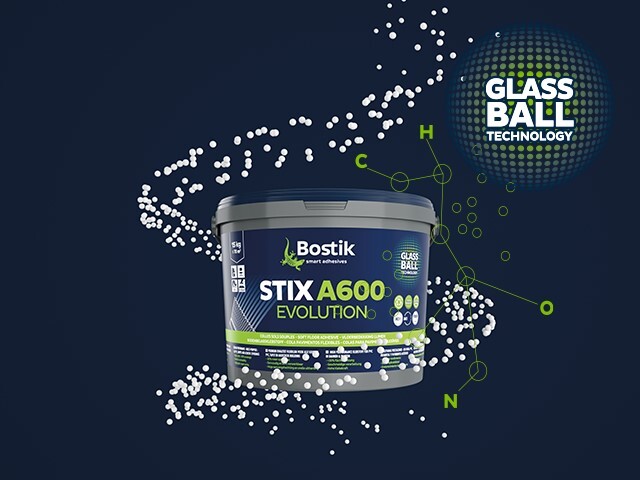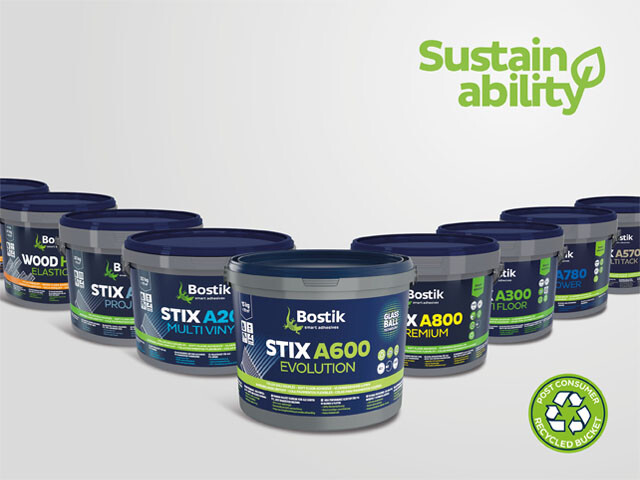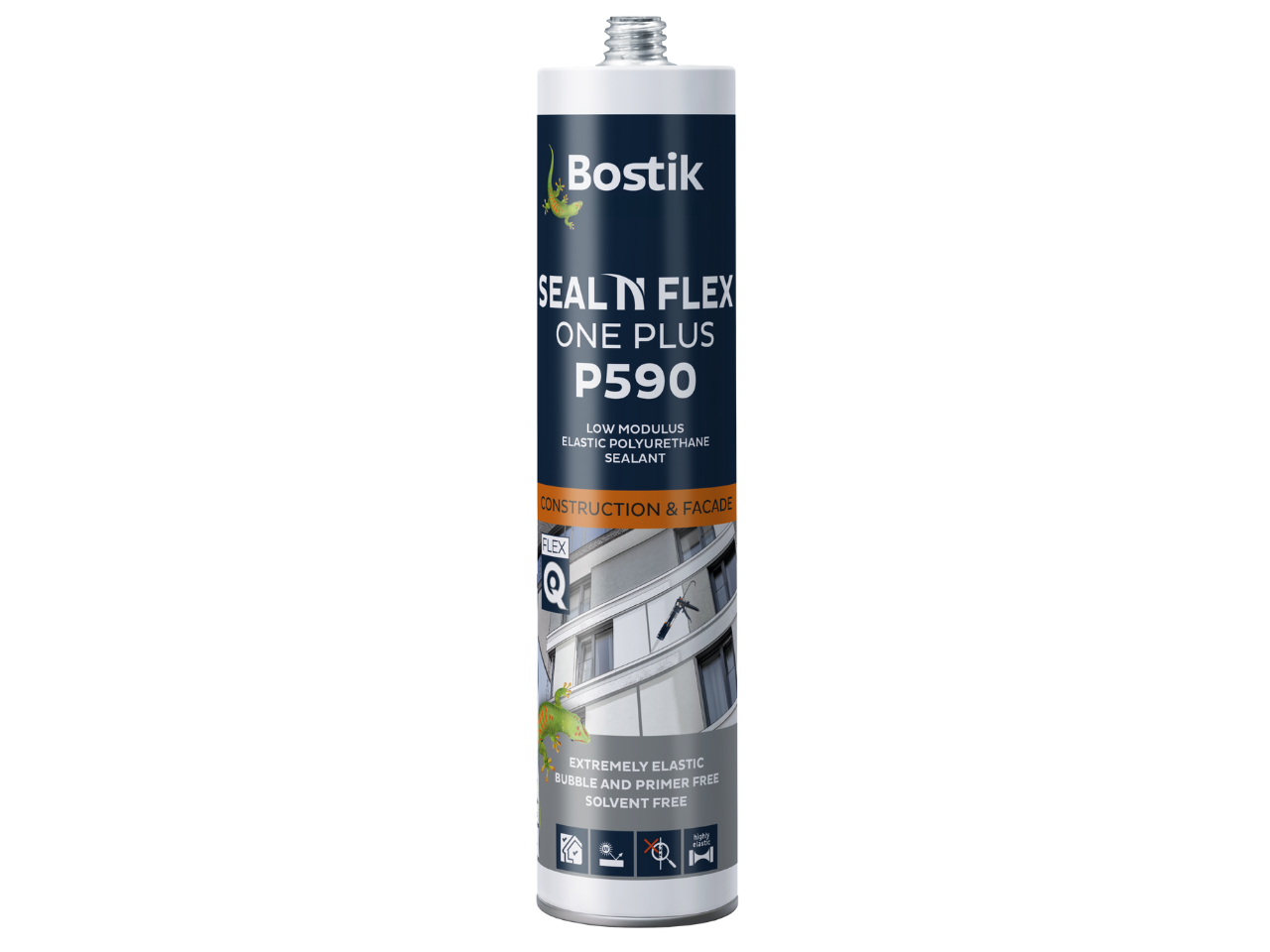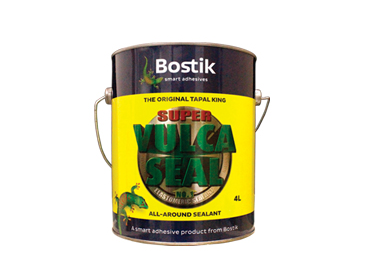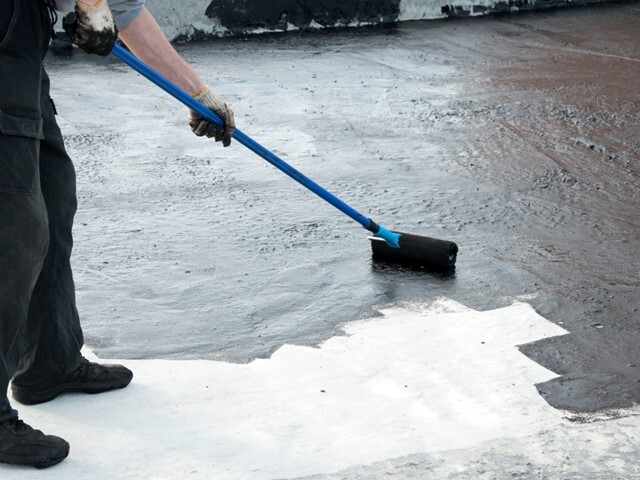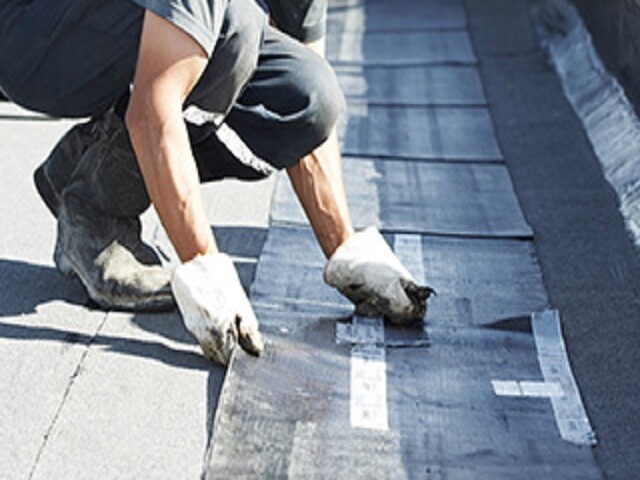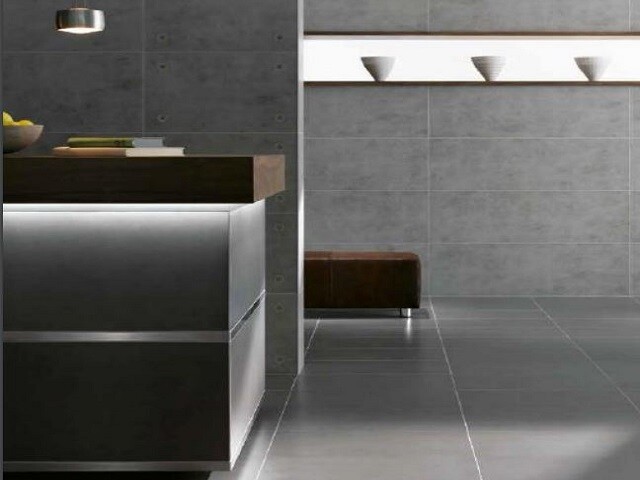5 KEY TIPS FOR DURABLE WATERPROOFING
1. Preparation is key.
Prior to applying the membrane to the waterproofing system substrate, check whether the surface is clean and dry, as these elements can obstruct adhesion. If visible gaps exist, this may need to be filled with a sealant.
Inadequate surface preparation can result in the application debonding, resulting in degradation, installation downtime, the need for additional repairs, and, consequently, increased expenses.
2. Always use a primer.
Another recurring issue is failure to prime the corresponding parts and surfaces before applying the waterproofing membrane. To strengthen the adhesion between the membrane and the substrate. In some applications, it requires a primer. Different type of primer needed for porous substrate (concrete, cement mortar or wood) and non-porous substrate (metals, ceramic tiles)
Primers increase water-resistance capability and provide the following additional benefits:
- Minimize possibility of air bubbles escaping the substrate and entering the membrane
- Create a smooth surface for subsequent membrane applications
- Critical in minimizing the risk of debonding and scorching in the event of residual moisture in the concrete
3. Apply your membrane at the correct thickness.
Once the waterproofing membrane is applied, it should be about 0.5-1 millimeter thick, or the thickness of a credit card. Regardless of the method, the result should be a smooth, continuous coating. If a pinhole is visible in the first coat of membrane, fill it and apply the second coat over it to achieve the desired thickness.
4. Allow your membrane to dry sufficiently.
One frequent waterproofing problem is applying one layer and not waiting long enough or at least 1 to 2 hours before applying the second coat. It is crucial to allow ample time for these membranes to dry.
5. Consider the additional benefits of the waterproofing membrane.
A waterproofing membrane's primary function is to act as a barrier between liquid water and the structure, preventing it from penetrating. Depending on the project's requirements, however, you can determine whether the membrane complies with the following:
- Superior impermeability
- High chemical and weathering resistance
- High durability in abrasion, wear and impact
- The long service life of waterproofing film
- For potable water storage tanks, a proper waterproofing membrane can help ensure constant water quality
Following these tips can help you achieve a seamless, high-quality waterproofing barrier - You also need efficient products like Bostik Seal N Flex and Powermix. Bostik Seal N Flex 1 is a low-modulus, bubble-free curing universal polyurethane sealant for construction and expansion joints - Bostik Powermix, meanwhile, is a flexible, fiber-reinforced, specially modified high-grade acrylic polymer that is mixed with Portland Cement to provide superior water protection to concrete surfaces.
To discover more about waterproofing products, techniques, and methods, enroll now in Bostik Academy's tailored training!


